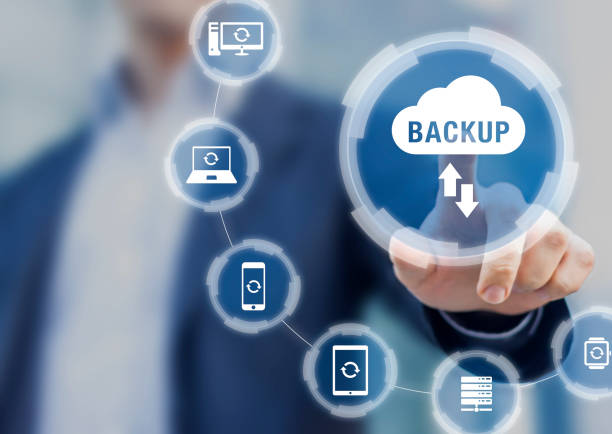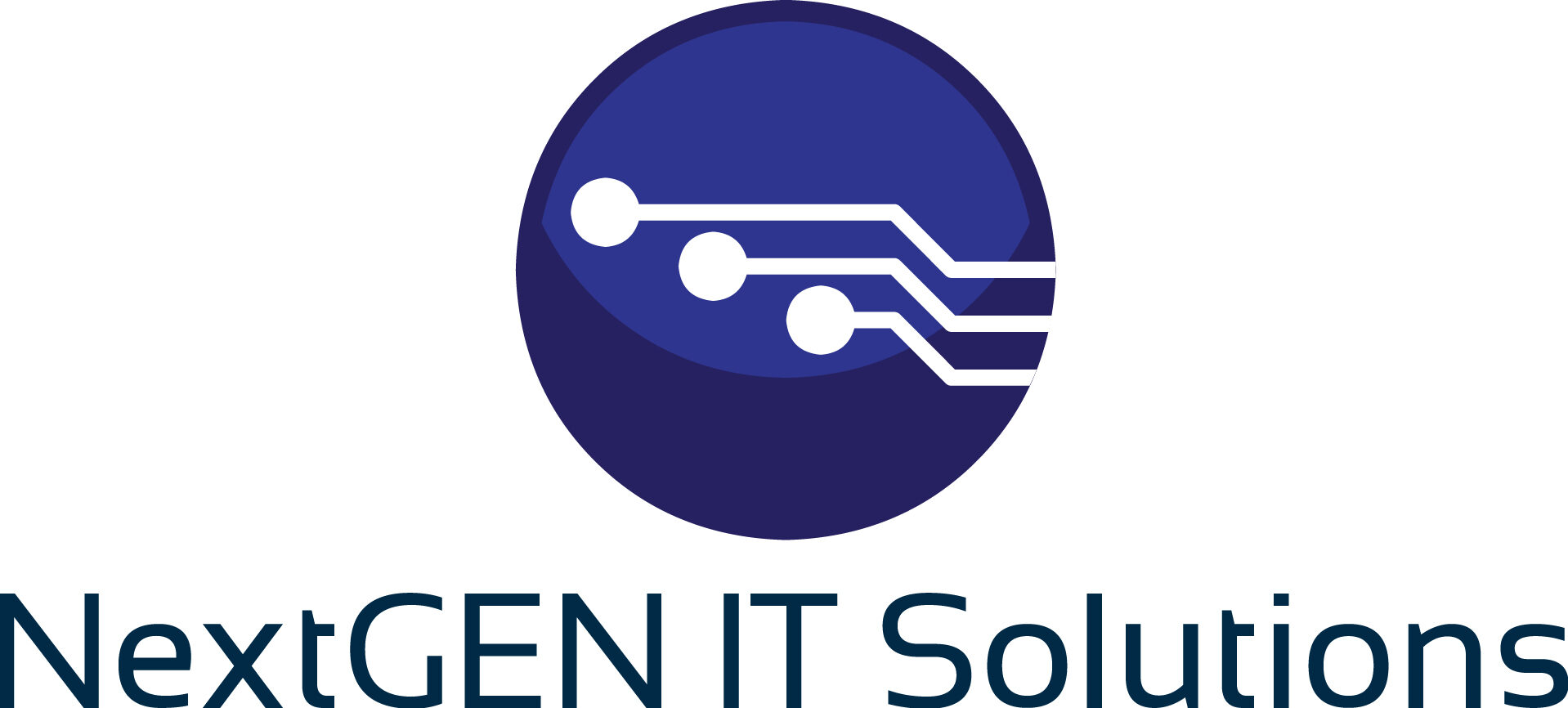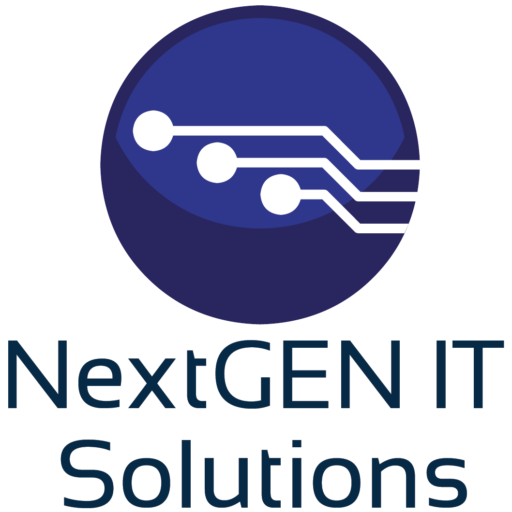
Understanding the Importance of Data Backup
In today`s digital age, data is unarguably one of the most dearly-engineered value. Data backup is the process of copying and archiving data so that it is available when needed. It is of utmost importance especially for businesses to protect this data, as they often hold crucial information for their business functions. There are many ways which can corrupt a company’s data and make them accessible by their opponents or unauthorised parties. Like a hardware malfunction, cyber-attack and natural disaster, in addition to human error.
Complete loss of data can result in the loss of income, reputation and business. For example, a business could be forced to shut down, potentially for good. By making firms aware of these kinds of risks, we hope that a backup solution – as part of the company’s overall business continuity strategy – can ensure that the proper data is being backed up so that it can be quickly restored in the event of an incident.
An efficient, reliable backup always provides a safety net, allowing peace of mind and letting businesses worry less about potential data loss and concentrate more on business development and operations. So, proper backup systems should be deployed, tested and updated regularly, and follow the evolving security threat landscape on a long journey so that our data is always accessible and secure when it matters most.
Types of Backup Solutions
Keeping track of the different backup types available is important, especially because the best backup strategy for business continuity typically combines two or all three of them. There are three main types of backup solutions available: local backups, cloud backups and hybrid backups.
The most common method of local backups projects data on to physical hardware such as an external hard drive, network-attached storage (NAS), or a tape system on-premise. Perhaps the most significant benefit with local backups is the speed with which data can transfer from and into the hardware. With acceptable hardware in place, larger files and databases can be quickly offloaded to the storage medium. It also allows for a much higher degree of control over your security environment. But with local backups, hardware can be damaged, stolen, flooded or destroyed. Up-front and maintenance costs will also be substantial.
Cloud backups store copies of your data on remote servers owned by a third-party backing up service. A key strength of going ‘cloud’ is that it affords great accessibility, since you can get to the data from any computer with an Internet connection. It’s more easily scaleable too, you can just store more than before when your business goes bigger if you have the licenses to do so, and many professional cloud backups will naturally have better security using, encryption and multiple redundancy systems. However, having backup systems rely on the internet can make backup and restores take longer when dealing with large data sets, and as with all subscription services it can add up.
Hybrid Backups utilise the strengths of each and improve upon the weaknesses. A hybrid model could include storing the most-used data locally to ensure speedy recovery, while also backing up the less-often accessed data to the cloud to reduce storage costs and to provide a remote backup in case of disaster. A hybrid solution could supply the best of both worlds in terms of speed and security, but managing it can be more complicated than the other models on our list and could lead to a higher price tag since a combination of local hardware and cloud services are needed.
Ultimately, which type of backup is more appropriate actually depends on the particular needs of the business. Data volume, budget, and risk tolerance will vary from one company to the next. In order to protect their data adequately, and ensure the continuity of their business, these factors must all be weighed carefully when deciding on a backup solution.
Evaluating Backup Software and Services
Choosing a backup solution (software and services) is quite serious business, especially when it comes to looking for a backup solution that fits your individual enterprise. Below are the key factors against which you should assess your candidate:
- Ease of use: Easy-to-use backups save time and money. Look for software with intuitive user interfaces, simple architectures and easy-to-use dashboards that make it easy for any member of your team to run backups.
- Compatibility: Ensure there is a high level of overlap between your current hardware, operating systems and applications, and the backup solution. This helps with the rollout of the new systems; and supports the use of existing technology investments.
- Scalability: As your business scales up, the amount of generated data will skyrocket. A scalable backup solution needs to allow for the growth of your business without undergoing massive redesigns or replacements for the chosen software. Go with a solution that provides the flexibility to adapt your plans to respond to the changing needs of your data.
- Customer Support: Good customer service must also be an essential element: check the different options for resolving queries, and see how available staff are, as well as the times they’re available – and the channels by which they can be reached, whether they be by phone, chat or email.
- Reputation: backing software providers’ reputations are a good indicator of how reliable they will be. Research reviews and look for testimonials from other businesses, and consider awards, certifications and track records.
Developing a Backup Strategy
A proper backup plan is part of every business continuity method. It ensures that a business is able to continue operating even in the face of a disaster. Data is important for every organization and some data is more important than others. It’s also important to ensure that any backup plans are initiated early. Assess the valuable data your organization’s data. This will help to determine the priorities of different types of data.
Besides, How often to perform the backups is another impeditive thing, notwithstanding that the rate of visits to the backup should match the amount and the significance of data. For example, as a recollection, the most frequently changing information entails daily or indeed hourly backups, but less significant information is verified weekly and monthly. By tailoring the intervals between backups, you diminish the chances of data loss and keep business operations smooth.
The variety of techniques available, like full, incremental, and differential backups, can largely influence how well the strategy you choose will work. A full backup is a copy of everything, great for disaster recovery; incremental is just changes since the last backup, good for space and speed.
Automated backups eliminate any human mistakes and are structured in the same way every time; this approach can be set up with a piece of software, with varying schedules depending on what’s needed and a real-time monitoring element.
Testing how well the strategy works and updating as needed are just as important as the original setup. Testing that the backups you define work, and that data can be restored, are critical checks. Updating the strategy regularly to reflect new data types, business process changes and evolving technology is essential to keep it timely and effective.
Security Considerations for Backup Solutions
When storing important data on computers, using encryption as a protective layer for this confidential data is essential. It not only helps in protecting the files themselves, but it also maintains integrity while the data is being sent from one place to another.
Very sensitive data should be properly encrypted and kept undecipherable at the storage level, rather than sending the data as clear text securely. When companies transmit sensitive articles or advertisements through their secure network, selecting the security protocols for it would be a good decision. Strict access control limits who have access to data in backups multi-factor authentication (MFA), role-based access control (RBAC) and access log reviews slow down such access while also protecting against malicious behavior within the team itself. Make sure that data is not intercepted or eavesdropped while it is transferred. Data transfer can be protected by protocols such as Secure Sockets Layer (SSL) or Transport Layer Security (TLS), ensuring safe storage. Stick to the rules. Make sure you are compliant with industry standards (such as the General Data Protection Regulation, or GDPR for data protection; Health Insurance Portability and Accountability Act, or HIPAA; Payment Card Industry Data Security Standard, or PCI DSS), regulations and other best practices related to your industry. This protects your company and its data, not to mention reducing the chances of legal trouble.
Recovery Time Objectives and Recovery Point Objectives
Two pivotal metrics for data protection and business continuity are Recovery Time Objective (RTO) and Recovery Point Objective (RPO). The former defines the maximum acceptable time that services can be offline after a disaster has occurred, while the latter defines the maximum tolerable length of time during which data could be lost following a disaster, and thus specifies the age of the files that need to be recovered.
These it is important to establish and which in turn will guide the development an appropriate backup and disaster recovery plan that will drive the selection of appropriate backup solutions, recovery should be timely and successful, and data integrity preserved.
Testing and Maintaining Backup Systems
To maintain its reliability, it will be necessary to test your backup system on a regular basis. Regular test recoveries can play an important role in maintaining your confidence in the backup and potential remediation of problems before they arise. Keep notes on the results of these tests to inform improvements.
Provide continual monitoring of your organization’s backup processes to detect, for instance, when backups do not complete fully as expected, or take an inordinate length of time to complete. Many forms of automated monitoring can be set up to e-mail you useful alerts, and even prepare profound reports for deeper investigation.
Remedy such problems immediately, paying attention to the fixing countermeasures, and keep your backup software and hardware up to date. It is important to train your staff to share your vision of backing up and keeping software and hardware updated.
Review and update your backup policies on a regular basis to account for new data types, technical innovations and changes in business processes. Use modern technologies to improve the efficiency and resilience of your backup system.
Case Studies: Successful Backup Implementations
And real-world examples of such implementations of backups are also helpful. A ransomware attack took down a manufacturing and a full backup with local and cloud storage helped in restoring their data faster. This reduced the downtime and helped them carry out their operations.
Second, a Financial Services provider, a company that provides loans to truck drivers, experienced a hard drive failure and implemented a continuous data protection (CDP) backup regime that replicated data between locations in real time, guaranteeing virtually instantaneous recovery in the event of a failure, without disruption to the business or loss of customer data.
A major challenge for Retail outlet was to reconcile and unify the various backup solutions at each branch. With an automated cloud backup base infrastructure, they centralized their data protection, scheduling, and management, and simplified consistently operating data storage, benefiting from improved software reliability and the reduced need to develop internal IT security capabilities.
Their stories show that bespoke backup solutions can offer vital data protection for a resilient business, reinforcing the trust their clients put in them.



